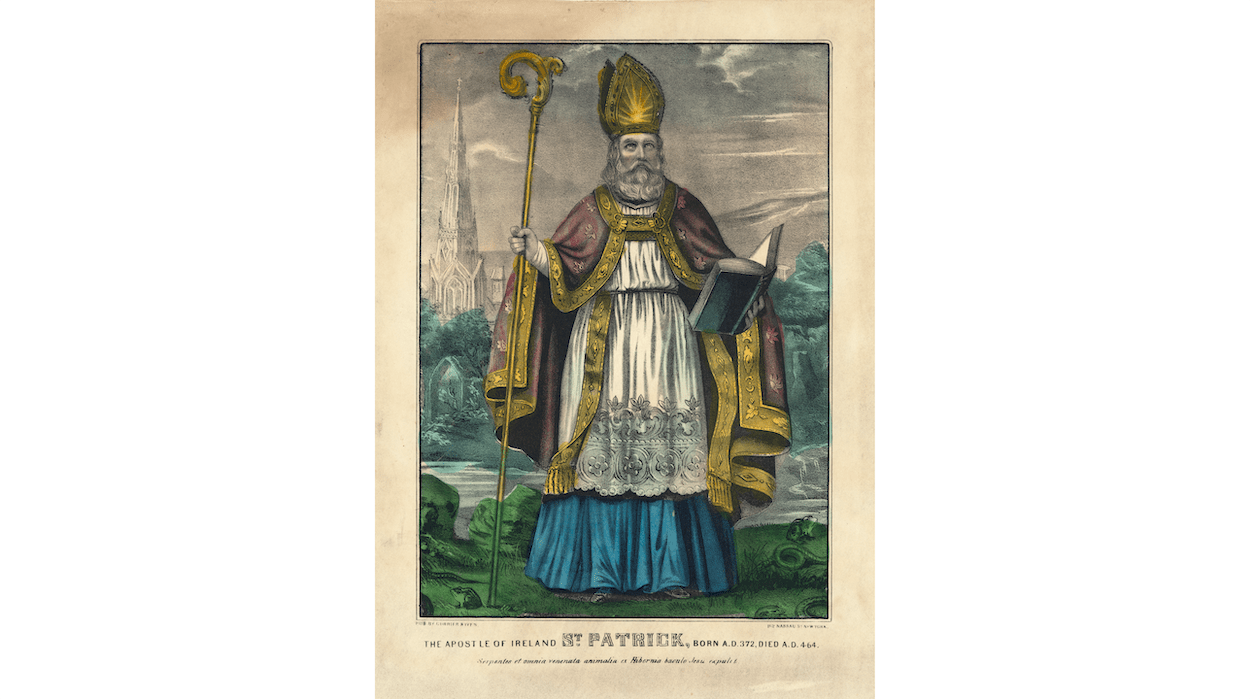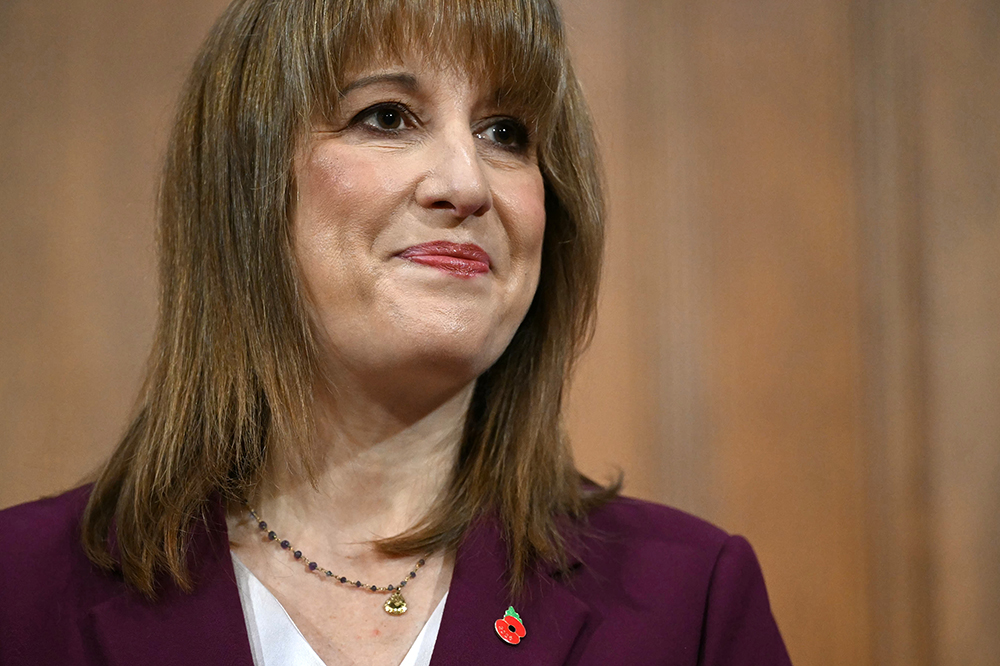Time was, you knew where you were with the patron saint of Ireland whose feast is 17 March. He was a Briton and he tells us in his Confessions that, when he was a teenager, he was captured by Irish slave traders and taken to Ireland, where he herded sheep. He turned to God and was told that he would escape; he duly got a passage back home. But in a dream, he heard the Irish calling out to him to come back to Ireland and walk again among them, and he knew his mission was to bring them the gospel. So he had himself consecrated bishop, returned to Ireland in AD 432 and converted the Irish in short order, with many miracles. He drove the snakes out of Ireland and illustrated the doctrine of the Trinity by means of a shamrock: three persons in one God, as in the little trefoil – three leaves, one stem.
That was the gist of the story and the crucial element was that there was just one Patrick. So picture the national disgruntlement when, in 1942, Professor Thomas O’Rahilly, a professor of Old Irish, dropped a bombshell. He identified two Patricks. His contention was that the earlier was Palladius, later known as Patrick; the second Patrick arrived later. Certainly, scholarly discussions on Patrick’s chronology have focused on the statement of Prosper of Aquitaine that Pope Celestine I (422–33) sent Palladius to be the ‘first bishop to the Irish believing in Christ’. No one doubted that Palladius existed, but the notion that he was Patrick 1.0 was a shock.
The writer James Plunkett said decades later: ‘I can still recall the great scandal of 1942, when a book called The Two Patricks was published by a learned Irish professor who advanced the theory that there was one Patrick (Palladius Patrick) whose mission lasted from 432 to 461, and another who arrived in 462 and died about 490. The suggestion caused a national upheaval. If the careers of the two Patricks, through scholarly bungling, had become inextricably entangled, who did what? And worse still – which of them was the patron saint? If you addressed a prayer to one, might it not be delivered by mistake to the other? There was a feeling abroad that any concession to the two Patricks theory would lead unfailingly to a theory of no Patrick at all.’
The dispute enlivened the celebrations for the 1,500th anniversary of St Patrick’s (supposed) death in 1961, which were observed (according to a British scholar) ‘with an outpouring of controversy, bilious writing, and deplorable behaviour’. The marking of the later potential anniversary in 1993 was seemlier.
The scholarly consensus – as opposed to the online debate – seems now to be that there was only one Patrick, who successfully converted the Irish, viz., the author of the Confessions. Indeed, the American scholar David Howlett says that ‘Patrick was not the bumbling semi-literate earlier scholars had supposed him to be, but a competent author’ – another myth (propagated by Patrick himself) demolished.
‘Almost everything anyone knows about St Patrick is wrong’
There are fewer takers these days for Professor O’Rahilly’s contention that Palladius was in fact Patrick; it seems Palladius’s mission didn’t get far, unlike that of the plucky former slave. But elements of Palladius’s life were absorbed by the saint’s biographers, which resulted in Patrick 2.0 apparently dying at an advanced, Mosaic age.
As the top Patrick expert, Dáibhí Ó Cróinín, observed: ‘The patron saint is (or was) a composite in the sense that, e.g., Patrick’s supposed continental education was clearly taken over from Palladius’s early career. But we can at least be happy that we’ve jettisoned the notion (once described by Archbishop John Healy, in his 1905 biography of the saint as “the best established era in his history”) that Patrick died on Wednesday, 17 March, AD 493, aged 120 years.’
No one disputes that Patrick was in fact the author of his Confessions – which are a moving account of his experiences and motivation – and of a hot-tempered letter of rebuke to a Briton, Coroticus, who enslaved and killed some of Patrick’s Irish followers. In fact, we know much more about him than most other comparable figures of the era.
The good news for traditionalists is that the date of 17 March as his feast day looks safe, being based on a Continental source. The date of 432 for his arrival in Ireland, however, looks problematic – which is tricky since the 1,600th anniversary is coming up soon and sad, given it is one of those dates, like 1066 here, that everyone once knew. It all goes to show why Dáibhí Ó Cróinín says: ‘Almost everything anyone knows about St Patrick is wrong.’ OK, but let’s keep the snakes.







Comments